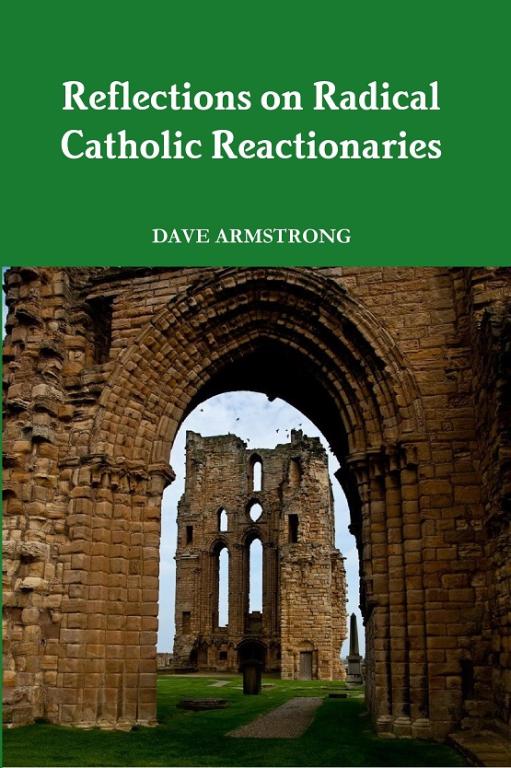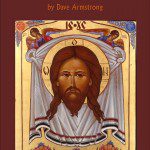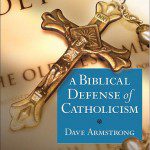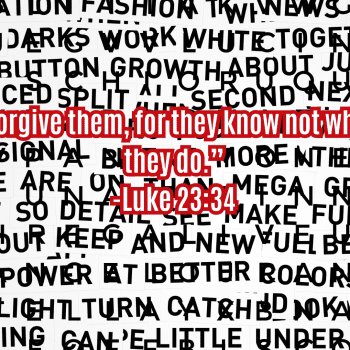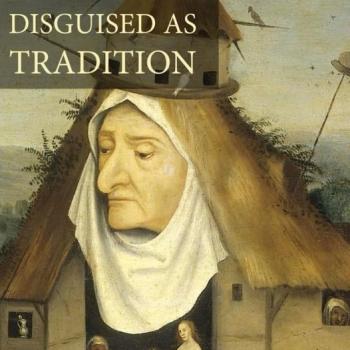—– To purchase, go to the bottom of the page —–
***
Table of Contents
Dedication [read below]
Introduction [read below]
I Radical Catholic Reactionaries: Essential Characteristics (1-30) [read online]
II Faith and Optimism vs. Pessimism (31-67) [read online]
III The Indefectibility of the Church (68-81) [read online]
IV So-Called “Neo-Catholics” (82-97) [read online]
V Development of Doctrine vs. Evolution of Dogma (98-111) [read online]
VI Private Judgment & “Cafeteria Catholics” (112-129) [read online]
VII Fundamentalists & Insufficiently Converted Catholics (130-135) [read online]
VIII “Pre-Conciliar” Church: the “Good Old Days” (136-141) [read online]
IX Ecumenism & Religious Liberty (142-193) [read online]
X The Theory of Evolution & Catholicism (194-197) [read online]
XI Is Vatican II a “Modernist” Council? (198-226) [read online]
XII Are the Vatican II Documents “Ambiguous”? (227-251) [read online]
XIII Post-Vatican II “Liberal” Popes (252-276) [read online]
XIV The Pauline (“New”) Mass (277-292) [read online]
XV Was Pope St. John Paul II a “Modernist”? (293-327) [read online]
XVI The Quasi-Schismatic Mentality (328-339) [read online]
Dedication
To G. K. Chesterton, whose writing continually exhibited the
“romance,” intellectual solidity, and spiritual excitement of
Catholic orthodoxy, and demonstrated how it was neither dead,
antiquated, and reactionary, as is often claimed by its critics on
the heterodox left of the theological spectrum, nor “modernism,”
“compromise,” and “neo-Catholicism”: as the caricatures from
the radical right would have it
Introduction
A brief explanation of this book and my goals and outlook concerning it, is in order. I had in mind the method and structure of the French mathematician, physicist, and Catholic apologist Blaise Pascal’s classic, Pensées (“thoughts” — unfinished and in unorganized sketch form at his death in 1662). The “Reflections” in my title is roughly synonymous with pensées.
The late, great journalist, social critic, and convert to Catholicism, Malcolm Muggeridge, was an avid admirer of Pascal and the Pensées; particularly with regard to its unsystematic format. He thought that Pascal’s death before his material could be organized into a proper book was a “beneficent, if not miraculous circumstance.”
Catholic apologist and philosopher Peter Kreeft, in his delightful commentary on the Pensées, Christianity for Modern Pagans (San Francisco: Ignatius Press, 1993, 10-11), wrote insightfully about the organization and unfinished nature of Pascal’s Pensées, which he described as “raw pearls” and “scattered notes, like a scholar’s storm-struck study”:*The pensées . . . are more like “sayings” than a book . . . their very artlessness is the highest art. There is a higher and a lower mode of teaching. Books are the lower; living is the higher. “Sayings” are halfway between. They reflect and approximate the higher, the mode of Christ and Socrates and Buddha. That’s why Socrates is the greatest philosopher, according to St. Thomas (S.T. III, 42, 4): because he taught like Christ, in the higher mode. That’s why he wrote no books . . . Pascal has the passionate impatience of a lover. He writes lyrics, not maps – like St. Francis.*924 of Pascal’s pensées were compiled in the Harvard Classics edition of 1910, translated by W. F. Trotter, and 993 appeared in the Penguin Classics edition of 1966, translated by A. J. Krailsheimer. I doubt that I could come up with nearly that many separate observations on any topic, but I have managed to compile 339 separate “sayings” or what might be called “observations” in this book.
There the meager comparison ends, and I hasten to emphasize that I am not intending to compare myself or my own “thoughts” or their cogency or import in any way, shape, or form, to those of Pascal, let alone to Socrates or St. Francis or to our Lord Jesus.
I merely thought it might be worthwhile and helpful, for my purposes, to organize my writing on the topic of radical Catholic reactionaries (habitually abbreviated as “reactionaries”) in the same manner, in order to utilize some of the benefits of the unconventional structure of the Pensées. These advantages harmonize well, I believe, with the “philosophy” or “approach” that I myself have taken with regard to the present subject.
Rather than attempt a systematic “legal” critique primarily from canon law and all the various proclamations of the Church regarding schism and authority, and so forth (more akin to the method of St. Thomas Aquinas), I have sought to analyze (minus proper names, a la Trent) the premises, presuppositions, logical and ecclesiological “bottom lines” and (in a word), the spirit of a false and divisive radical Catholic reactionary strain of thought held by a distinctive sociological sub-group of Catholics.
One might regard such an enterprise as logically and conceptually prior to a formal critique (whether theological or philosophical) of the modes of thought involved. As Pascal sought to examine and “expose” the underlying assumptions of the unbeliever and the skeptic of his time (similar to Socrates’ own modus operandi), so I am trying to arrive at the foundational assumptions or “mindset” of the radical Catholic reactionary (as opposed to the mainstream Catholic “traditionalist”: with whom I have a great deal in common).
When legitimate “tradition” is abused or “co-opted”, it is a synonym for “traditions of men falsely made out to be the only proper traditions of the Church.” It’s a faulty and erroneous use of both dogma and private judgment (and often, selective judgment) contrary to orthodox Catholic theology and ecclesiology, and also Christian unity and charity.
I should make it abundantly clear (for obvious reasons) that I have no problem whatsoever with a devotion to the Tridentine Mass, or traditional liturgical practice and devotion (not to mention traditional morality and catechesis). Quite the contrary: I myself have been a member, for twenty-two years, of a quite traditional parish, which celebrates the Mass in Latin (Novus Ordo) every Sunday. Our larger parish (incorporating three church buildings) celebrates the Tridentine Mass every Sunday.
I utterly despise liturgical and aesthetic, architectural mediocrity, and modernism. I was received into the Church (after informal instruction) by the late Fr. John A. Hardon, S.J. — a theologian renowned for his impeccable orthodoxy, who was a catechist for Mother Teresa’s Missionaries of Charity. He has formally recommended my writing. I strongly believe in Fatima, Lourdes, and the Rosary, and even fully accept the controversial proposed Marian definitions, and have written much about them.
I am particularly fond of St. John Henry Cardinal Newman; having edited The Quotable Newman (Sophia Institute Press, 2012), and I love Chesterton, Belloc, and the Fathers and Doctors of the Church. A rejection of contraception and an aversion to the events and worldview of the Protestant Revolution were two of the major reasons why I was received into the Catholic Church in 1991.
Therefore, despite my strong, heartfelt disagreements with radical Catholic reactionaries and occasionally with mainstream “traditionalists,” indeed we have much in common, and I never claim that radical Catholic reactionaries are not Catholics (in the canonical sense of being baptized and adhering to the Creed, etc.). I prefer the descriptions of “schismatic spirit” or “quasi-schismatic”: as opposed to outright “schismatic” (excepting sedevacantism). I refer to “un-Catholic” beliefs or principles, but not to “non-Catholic” persons — a crucial distinction to bear in mind.
I possess no knee-jerk or merely temperamental or so-called “neo-Catholic” objection to legitimate traditionalism per se. I am contending against a distinctly separate group that I call “radical Catholic reactionaries” or “reactionaries” in short (my own self-coined term, originating in August 2013). I have no agenda other than the pursuit of truth and the “mind of the Church” on the matters of authority and true apostolic tradition.
The debate on the issues covered in this book has changed considerably in the eleven years since the first edition: so much that a change of terminology and system of classification was, in my opinion, called for. The revision will reflect these “re-thought” categories and use my new term, while at the same time, maintaining, as much as possible, the original content and tenor of the original 2002 edition. The errors critiqued remain the same, even though the terms have changed (most importantly, to make it much more clear that there is such a thing as legitimate “traditionalism” that is not being opposed in this book).
One problem remains the same as always: the co-opting of the term “traditionalism” by groups and schools of thought that vary quite widely. It’s similar to the love and adoption of the word “Christian” by many sects that are not Christian at all (since they deny the Holy Trinity or the divinity of Jesus Christ). Apologists like myself and other observers need to differentiate groups that are using the same name, for purposes of identification and critique, and to prevent misunderstandings as to exactly what we are contending against as error.
Many people (quite fashionably these days) profess a strong objection to labels, but as long as human beings talk and identify themselves (or sets of ideas) at all, and as long as distinguishable errors and falsehoods remain afoot, I’m afraid that titles, labels, and names cannot be avoided. Moreover, “negative” labels will continue to offend those who are classified under them. This can’t be avoided, either, since human beings will always object to any notion that they may be in bondage to an error or spiritually dangerous belief system.
Purchase Options
Last updated on 28 November 2023
***


